
Roots
Consider the quiet moments just before sleep, when the day’s energies soften, and a subtle decision is made ❉ to cover or not to cover one’s textured strands. This seemingly small act, the donning of a bonnet, holds within it a profound connection to the very structure of hair, its history, and its journey through time. We begin our exploration not with a quick answer, but with a gentle unearthing of the foundations, the biological and cultural underpinnings that lend such significance to this simple garment. Understanding how hair lives and responds to its environment is the initial step toward comprehending the bonnet’s true place in curl preservation.

Hair Anatomy and Its Textured Expressions
At its core, hair is a protein filament, yet its manifestations across human populations are remarkably diverse. For textured hair, this diversity becomes particularly apparent at the microscopic level. The shape of the hair follicle dictates the curl pattern; a more elliptical or flattened follicle yields hair that spirals, coils, or waves. This structural reality means that each strand of textured hair, from a loose wave to a tight coil, possesses a unique architecture.
The outer layer, the Cuticle, composed of overlapping scales, acts as a protective shield. In straight hair, these scales lie relatively flat, but in textured hair, they tend to be more raised, especially at the curves of a curl. This natural inclination for the cuticle to lift makes textured hair more susceptible to external aggressors and moisture loss.
Beneath the cuticle lies the Cortex, which gives hair its strength and elasticity, and at the very center, the medulla, though not all hair types possess one. The intricate bends and turns of textured hair mean that natural oils, known as sebum, struggle to travel down the hair shaft from the scalp. This often results in the scalp and roots feeling oily, while the lengths and ends remain prone to dryness. This inherent dryness, a consequence of the hair’s very design, renders textured hair particularly vulnerable to friction and moisture depletion, making protective measures like a bonnet a compelling consideration.
The architecture of textured hair, with its unique follicle shape and raised cuticle, inherently predisposes it to dryness and environmental vulnerability.

Understanding Textured Hair Classification Systems
The language we use to describe textured hair has evolved, moving beyond simplistic labels to embrace the rich spectrum of curl, coil, and wave. Systems like the Andre Walker Hair Typing System, while not without critique, provided an initial framework for categorizing hair based on its curl pattern, from Type 1 (straight) to Type 4 (coily). Within the textured hair types, further distinctions are made:
- Type 2 Hair ❉ Ranges from loose waves (2A) to defined S-shaped waves (2B and 2C). This hair type can experience frizz and may benefit from gentle handling.
- Type 3 Hair ❉ Characterized by distinct curls, from loose spirals (3A) to tight, bouncy curls (3B and 3C). These curls often have good definition but can still be prone to dryness and frizz.
- Type 4 Hair ❉ Comprises tightly coiled patterns, from S-shaped coils (4A) to Z-shaped coils with little discernible pattern (4B and 4C). This hair type is typically the most delicate, with the highest propensity for shrinkage and dryness due to its tight coiling and fewer cuticle layers.
While these classifications offer a guide, it is important to remember that hair often exhibits multiple textures across the head. A bonnet’s protective qualities, particularly its ability to reduce friction and maintain moisture, hold universal appeal across these diverse classifications, addressing shared vulnerabilities regardless of the specific curl configuration.

Hair Growth Cycles and External Influences
Hair undergoes a continuous cycle of growth, rest, and shedding, a process that is often influenced by both internal and external factors. The Anagen Phase is the active growth period, followed by the catagen (transition) and telogen (resting) phases, before the hair sheds. Maintaining optimal conditions for the hair follicle during all these phases is paramount for overall hair health. External elements, such as environmental humidity, physical friction, and even the products applied, can significantly impact the hair shaft’s integrity and, by extension, the perceived definition of natural curls.
Consider the environmental factor of Humidity. Hair is hydroscopic, meaning its structure can absorb water from the air. For textured hair, which already has a tendency for raised cuticles, high humidity can cause the hair shaft to swell unevenly, leading to a disruption of the curl pattern and increased frizz. This phenomenon underscores the need for a protective barrier, especially during sleep, when environmental factors might silently work against the efforts made during the day to define and preserve curls.

Ritual
As the day gives way to night, a different kind of care comes to the fore, one rooted in intention and gentle preservation. The shift from active styling to protective ritual is where the bonnet truly finds its purpose. It is in these quiet moments, when the world outside recedes, that we consider how to safeguard the vibrancy of our textured hair, allowing its natural curl to remain undisturbed and its inherent moisture to linger. This section explores the practical wisdom that underpins the nightly bonnet practice, delving into techniques, tools, and the very transformation it brings.
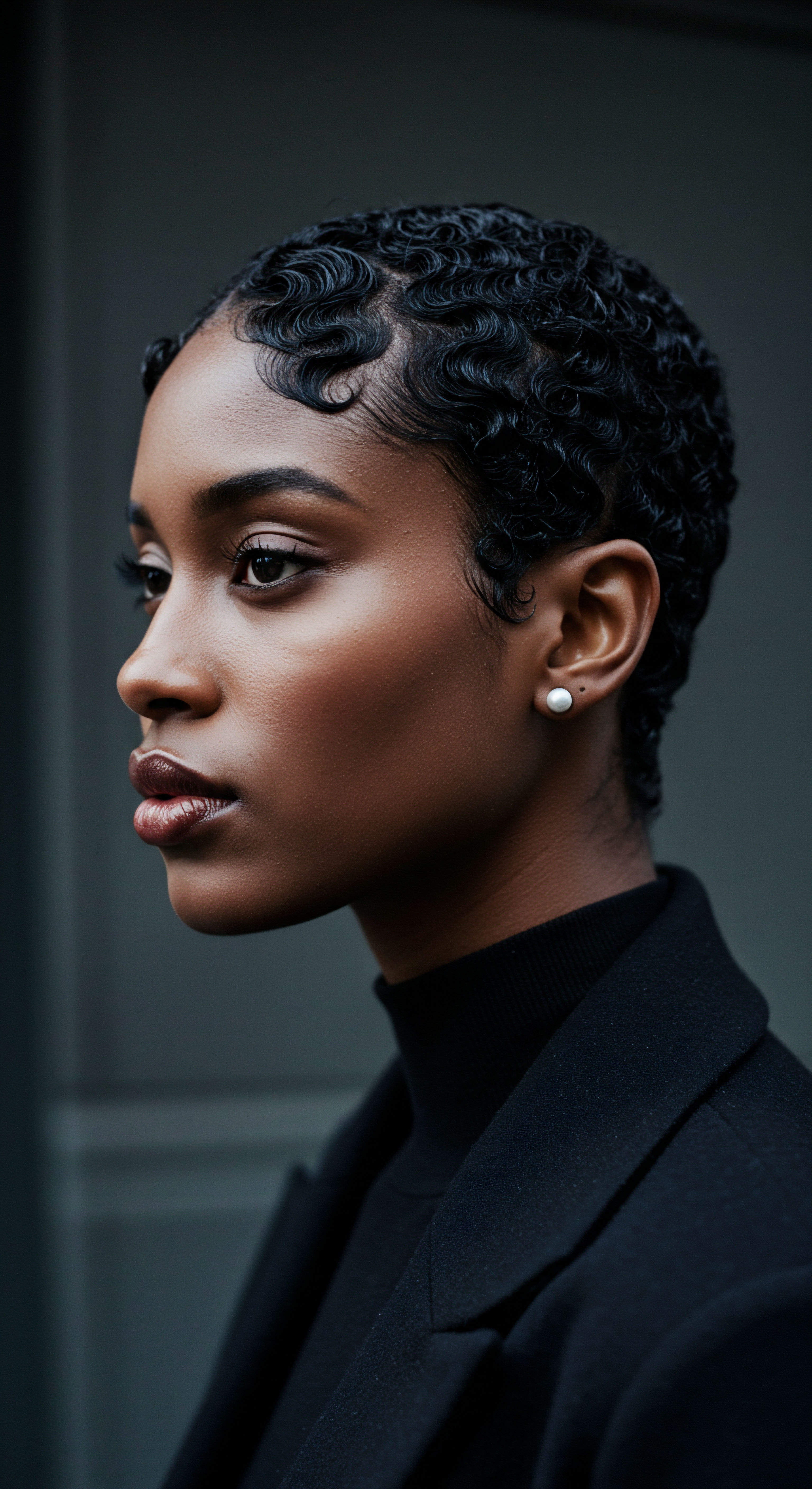
The Nighttime Sanctuary ❉ Essential Sleep Protection and Bonnet Wisdom
The hours spent in slumber, while seemingly passive, represent a significant period of potential stress for textured hair. Tossing and turning against rough pillowcases, typically cotton, creates friction that can abrade the delicate hair cuticle, leading to breakage, split ends, and a disruption of curl patterns. This mechanical damage also strips hair of its natural moisture, leaving it dry and susceptible to frizz upon waking. The bonnet, particularly those crafted from smooth materials, emerges as a simple yet powerful shield against these nocturnal aggressions.
The material of the bonnet plays a pivotal role in its efficacy. Silk and Satin are the preferred choices, not merely for their luxurious feel, but for their scientific properties. Unlike cotton, which is highly absorbent and can draw moisture from the hair, silk and satin are far less absorbent, allowing hair to retain its natural oils and applied products. Furthermore, the smooth surface of these materials drastically reduces friction.
Research indicates that silk creates up to 43% less friction than cotton. This reduction means hair glides rather than snags, preserving the integrity of the curl pattern and minimizing mechanical damage.
| Material Type Cotton |
| Friction Level High |
| Moisture Absorption High |
| Hair Benefit Increased breakage, frizz, dryness |
| Material Type Satin (Polyester) |
| Friction Level Low |
| Moisture Absorption Moderate |
| Hair Benefit Reduced friction, moisture retention |
| Material Type Silk (Mulberry) |
| Friction Level Very Low |
| Moisture Absorption Low |
| Hair Benefit Superior friction reduction, optimal moisture retention, temperature regulation |
| Material Type Silk generally provides superior protection and hydration for textured hair during sleep. |
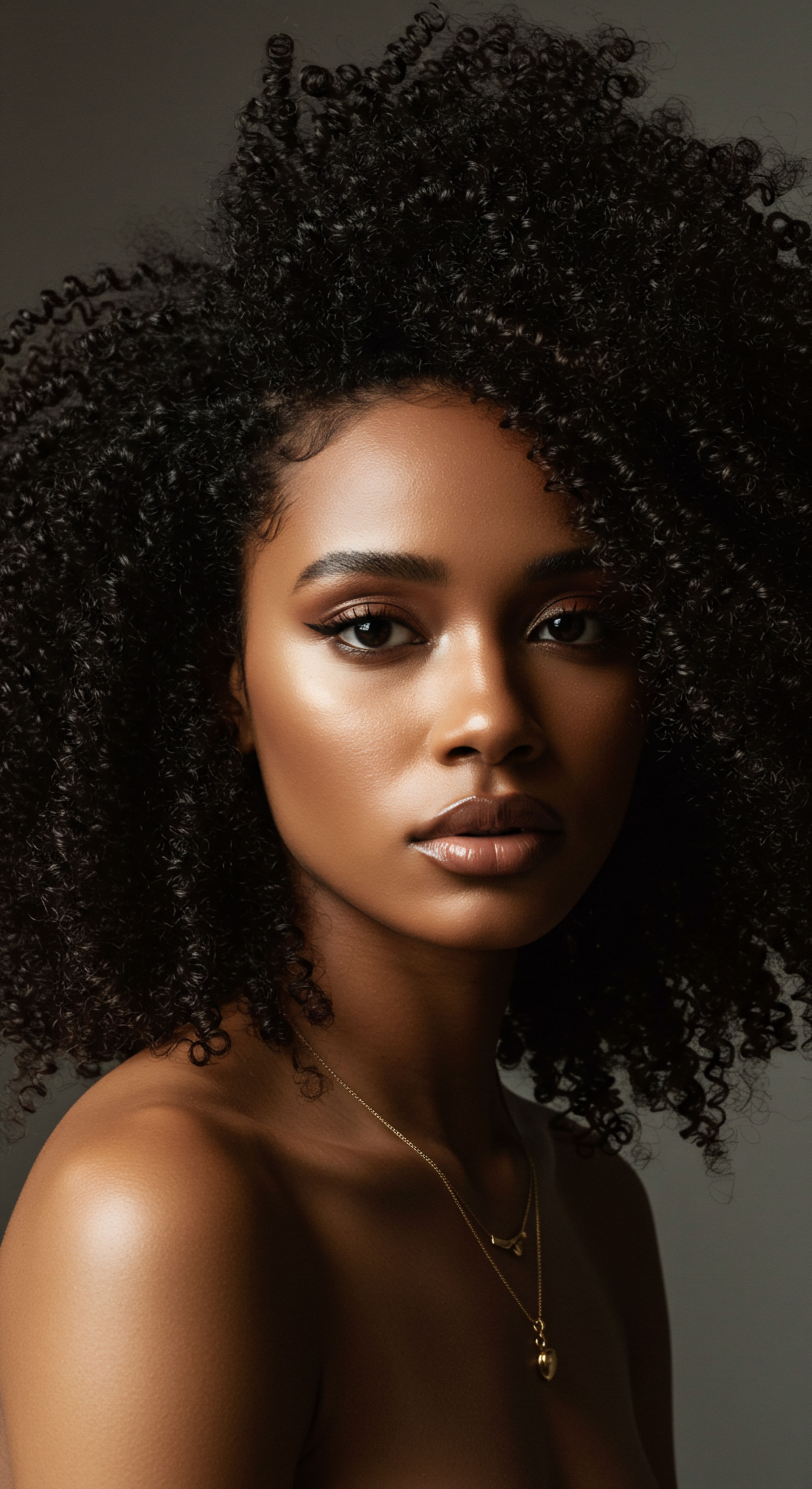
Preserving Curl Definition ❉ Beyond Simple Coverage
A bonnet does more than just protect; it creates a microclimate for the hair. By enclosing the hair, it helps to maintain a consistent humidity level around the strands, preventing the rapid moisture loss that can lead to curl collapse and frizz. This is particularly beneficial for hair with High Porosity, which readily absorbs moisture but struggles to hold onto it. The bonnet helps to seal in hydration from leave-in conditioners and oils, allowing these products to work more effectively overnight.
Beyond moisture, bonnets aid in preserving styled curls. For those who invest time in twist-outs, braid-outs, or roller sets, a bonnet can extend the life of these styles by preventing them from being flattened or disturbed. This reduces the need for daily restyling, which in turn minimizes manipulation and potential damage. The act of gathering the hair loosely within the bonnet, often in a “pineapple” method (piling hair on top of the head), allows curls to maintain their natural shape without being crushed.
A bonnet’s protective cocoon aids in preserving curl definition by minimizing friction and sustaining hydration, particularly vital for hair with higher porosity.

Choosing and Caring for Your Bonnet
Selecting the right bonnet involves considering its material, size, and fit. While satin offers a good, affordable option, genuine mulberry silk provides additional benefits due to its natural protein structure and superior breathability. A bonnet should fit securely enough to stay on throughout the night but not so tightly that it causes discomfort or puts tension on the hairline, which could potentially contribute to hair thinning over time.
Proper care of the bonnet itself is also a part of the ritual. Regular, gentle washing prevents the buildup of oils and products, ensuring the bonnet remains clean and effective. Air drying is often recommended to maintain the fabric’s integrity. By integrating the bonnet into a nightly routine, individuals with textured hair can experience a noticeable improvement in curl retention, frizz reduction, and overall hair health, transforming morning hair into a smoother, more defined experience.

Relay
What if the bonnet, seemingly a simple tool for curl preservation, holds a deeper resonance, a silent dialogue between historical practice and modern science? To truly understand its capacity to enhance natural curl, we must step beyond the immediate, examining its place within broader cultural contexts and scientific inquiry. This section seeks to unravel the less apparent complexities, exploring how the bonnet intersects with biological responses, psychological well-being, and the enduring cultural significance of textured hair.

The Bonnet’s Silent Influence on Hair Biology
The impact of a bonnet extends beyond merely preventing physical friction. Consider the delicate balance of the Scalp Microbiome, the ecosystem of microorganisms that reside on the scalp and play a vital role in hair health. An unbalanced microbiome can lead to issues such as dryness, itchiness, or even inflammation, which in turn can affect the hair follicle and the quality of hair growth. While research specifically on bonnets and the scalp microbiome is still developing, the principles of maintaining a healthy scalp environment suggest a potential connection.
When hair is left unprotected, it can accumulate environmental dust and pollutants, and excessive rubbing against bedding can stimulate oil production or lead to scalp dryness. A bonnet creates a cleaner, more stable microenvironment, potentially minimizing external disruptions to the scalp’s microbial balance. However, a bonnet that is too tight or not breathable could, in theory, create an overly warm or moist environment, which might encourage the growth of certain microorganisms. This delicate interplay underscores the importance of choosing breathable materials like silk and ensuring a comfortable fit.
A less discussed aspect is the bonnet’s role in Transepidermal Water Loss (TEWL) from the hair shaft. Hair, particularly textured hair, is prone to losing moisture to the surrounding environment. Studies have shown that silk bonnets can reduce transepidermal water loss from the hair shaft by 22% compared to sleeping without protection.
This significant reduction in moisture loss directly contributes to maintaining the hair’s elasticity and definition, allowing curls to remain plump and springy rather than drying out and losing their shape overnight. This scientific finding challenges the notion that bonnets are simply a “frizz fighter,” elevating their role to a critical tool in maintaining hair’s fundamental hydration.
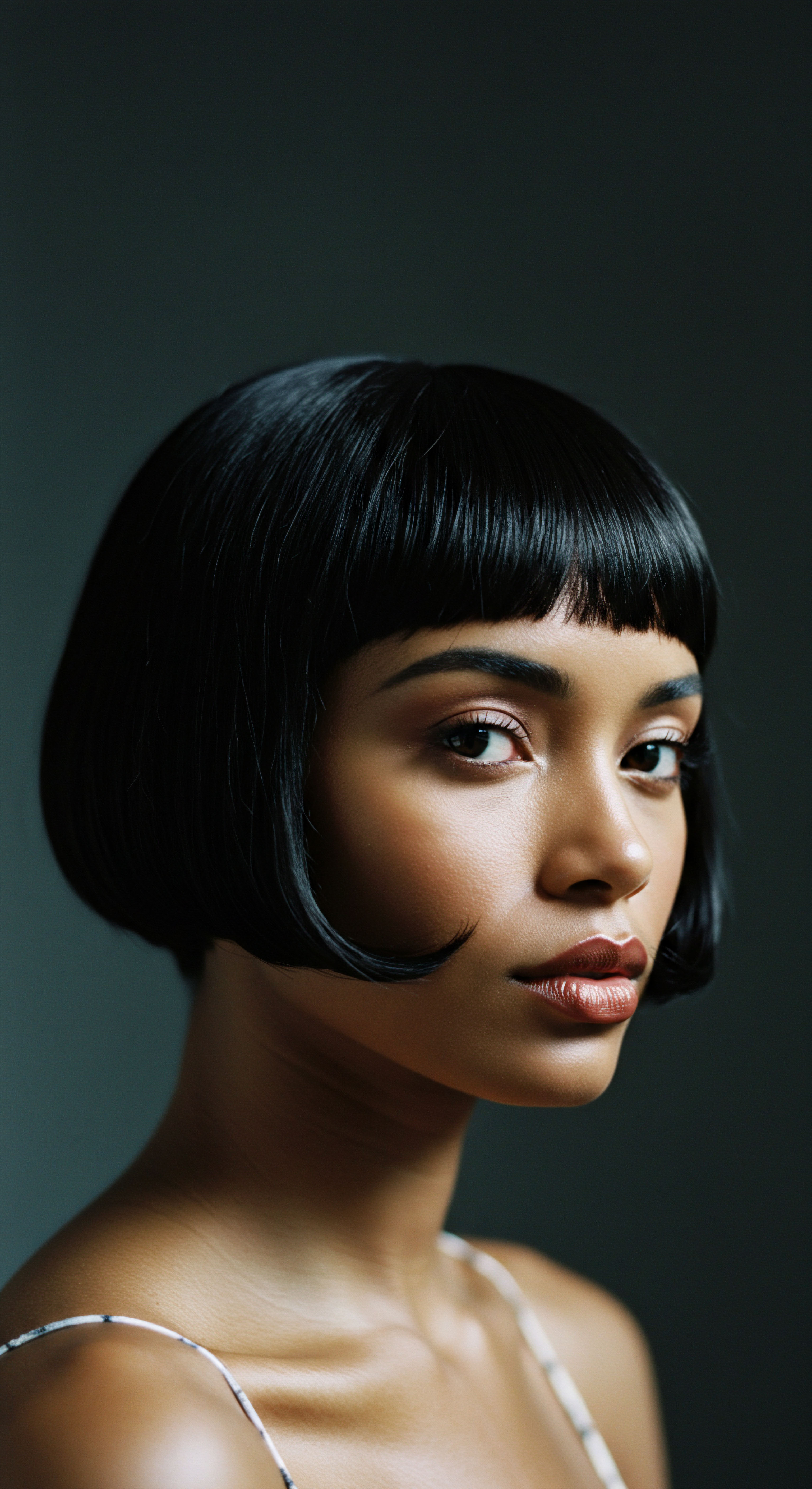
Beyond the Physical ❉ Psychological and Cultural Dimensions
The act of wearing a bonnet carries with it a rich cultural heritage, particularly within Black communities. For generations, head coverings have served various purposes, from protecting hair during labor to signifying status or spiritual devotion. The modern bonnet, in this context, becomes a continuation of ancestral wisdom, a tangible link to practices of care and preservation passed down through families.
It is a symbol of intentional self-care, a quiet rebellion against societal pressures that historically undervalued natural textured hair. This cultural continuity adds a layer of psychological comfort and affirmation, reinforcing a sense of pride in one’s natural curl pattern.
Moreover, the bonnet contributes to a sense of morning readiness. Waking to defined, less tangled curls reduces the time and effort required for daily styling, lessening potential manipulation and stress on the hair. This daily win, small though it may seem, contributes to a positive self-perception and reduces the emotional labor often associated with managing textured hair. The bonnet, therefore, is not merely a fabric covering; it is a component of a holistic approach to hair wellness that addresses both physical and emotional well-being.
The bonnet, a cultural touchstone, not only preserves physical curl integrity but also reinforces self-care rituals and cultural pride.
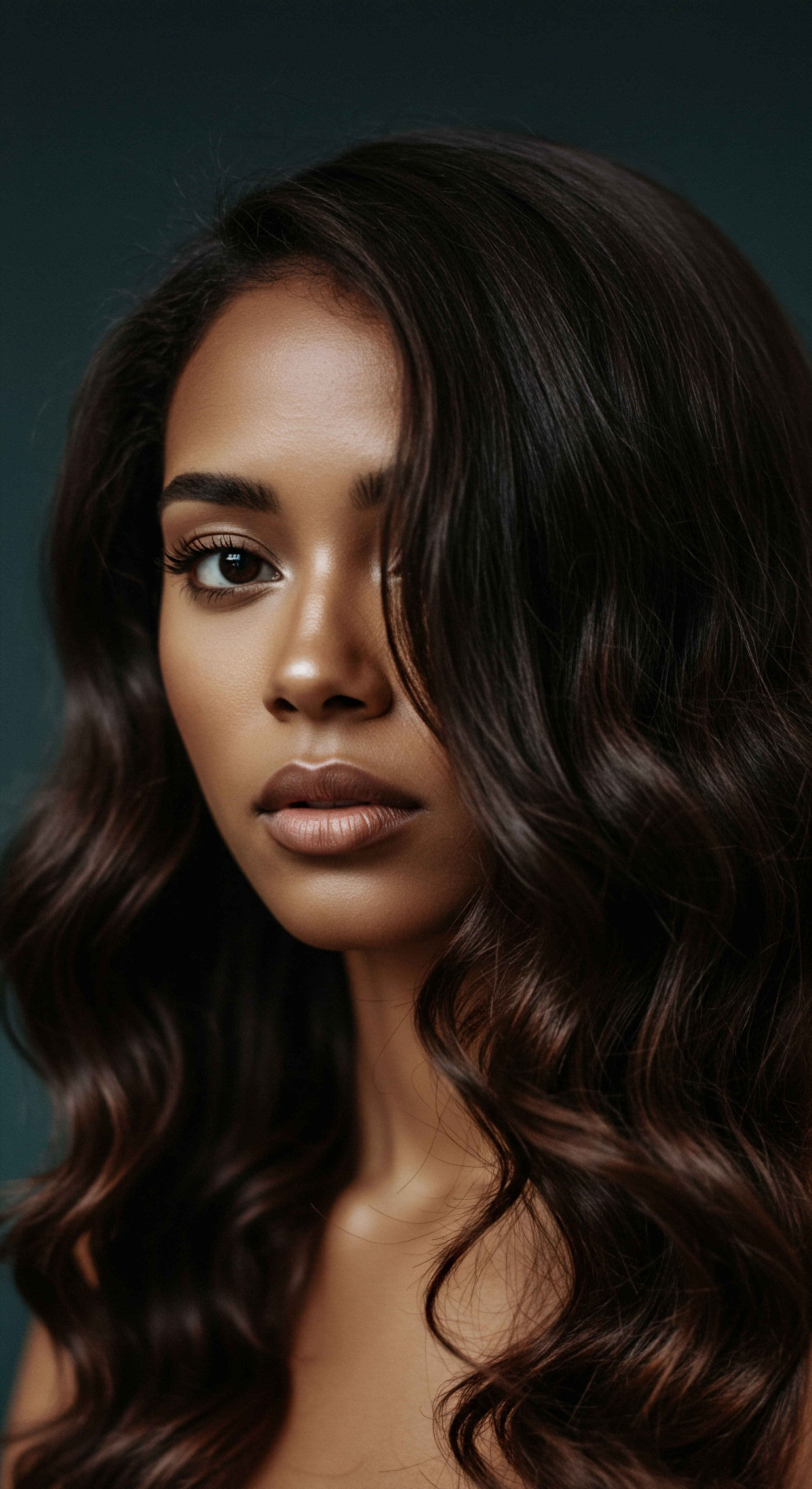
Does Bonnet Material Influence Hair Elasticity Over Time?
The continuous reduction of friction and preservation of moisture offered by bonnets, particularly those made of silk, could theoretically contribute to improved hair elasticity over extended periods. Hair Elasticity, the ability of hair to stretch and return to its original state without breaking, is a key indicator of hair health. Dry, brittle hair with compromised cuticles tends to have poor elasticity, leading to breakage. By creating an environment where hair is less prone to friction-induced damage and moisture depletion, bonnets indirectly support the hair’s inherent strength and flexibility.
While direct long-term studies solely on bonnet use and hair elasticity are still emerging, the cumulative benefits of reduced breakage and sustained hydration logically point to healthier, more resilient strands. Consider the cumulative effect ❉ if hair is consistently protected from nightly damage, it retains more of its structural integrity. This ongoing preservation could mean that over months and years, individuals who consistently use bonnets might experience less overall hair thinning and greater curl spring, even if the bonnet itself doesn’t directly alter the internal structure of the hair protein.
The argument that bonnets enhance natural curl is nuanced. They do not chemically alter the hair’s structure to make it curlier. Instead, they create optimal conditions for the hair’s existing curl pattern to maintain its definition, vibrancy, and health by minimizing factors that would otherwise diminish it. This preservation is a form of enhancement, allowing the hair’s true, unadulterated curl to shine through day after day.
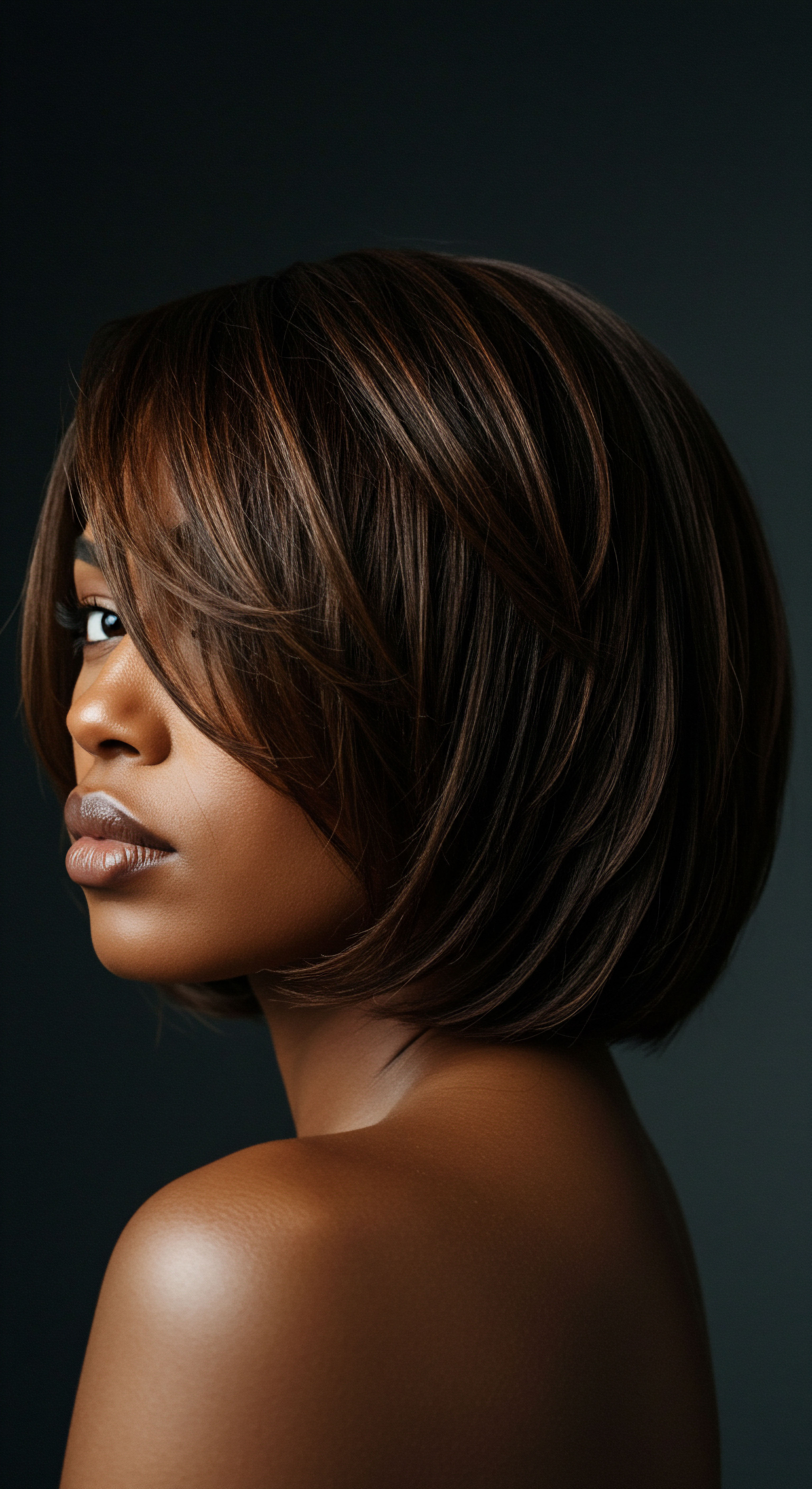
Reflection
Our journey through the world of the bonnet, from its foundational science to its cultural heartbeat, reveals a profound truth ❉ this simple accessory is far more than a mere cap for sleeping. It is a quiet guardian, a vessel of inherited wisdom, and a testament to the ongoing dedication to textured hair wellness. It reminds us that sometimes, the most impactful care arises from gentle, consistent acts of preservation, allowing the natural beauty of each coil and wave to unfold with grace.
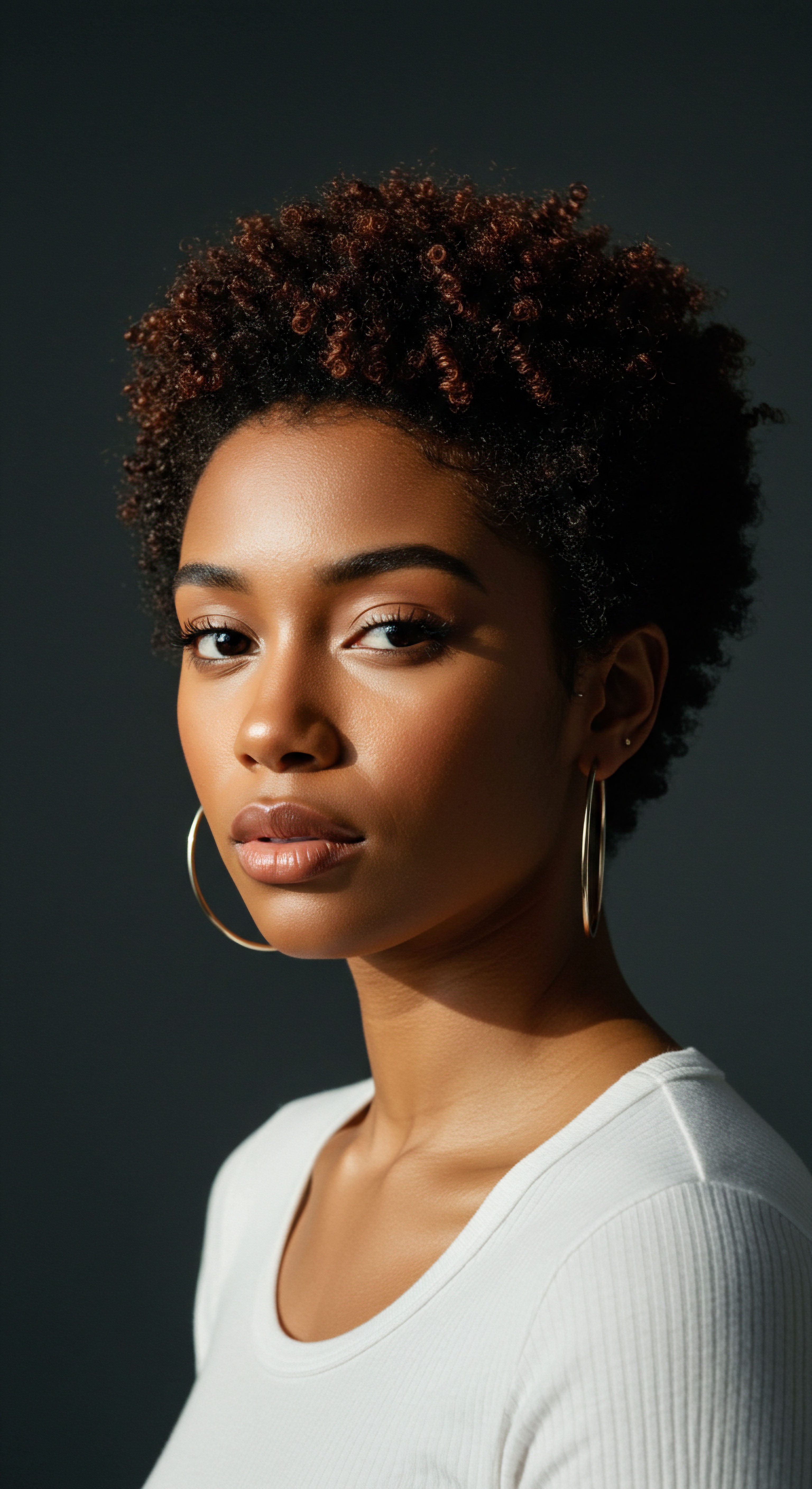
References
- Chou, T. W. & Ko, F. (2016). Textile Composites and In-Situ Composites. Woodhead Publishing.
- Gavazzoni, M. F. & Ponzio, H. (2020). Hair Care ❉ Science and Technology. CRC Press.
- Robbins, C. R. (2012). Chemical and Physical Behavior of Human Hair (5th ed.). Springer.
- Marsh, P. D. (2004). Microbial Ecology of the Skin and Hair. John Wiley & Sons.
- Draelos, Z. D. (2200). Cosmetic Dermatology ❉ Products and Procedures (3rd ed.). Wiley-Blackwell.
- Randall, V. A. (2008). Hair Loss Disorders ❉ Diagnosis and Treatment. Taylor & Francis.
- Hoting, S. & Imhof, L. (2021). Textured Hair Care ❉ A Scientific and Practical Guide. Elsevier.
- Tosti, A. & Piraccini, B. M. (2015). Hair and Scalp Diseases ❉ Medical, Surgical, and Aesthetic Aspects. Springer.
- Dawber, R. P. R. & de Berker, D. (1997). The Hair and Scalp ❉ A Practical Guide (2nd ed.). CRC Press.
- Van Neste, D. & Randall, V. A. (2015). Hair Biology and Hair Disorders. Springer.